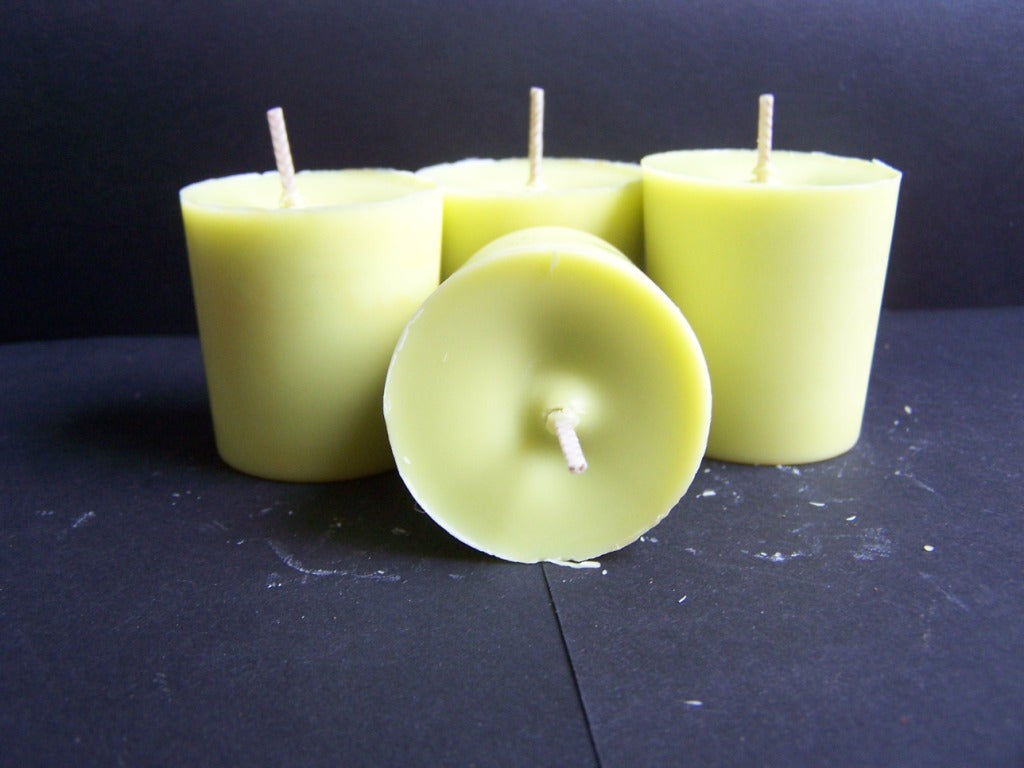Explore the World of Crystal Soy Candles and Home Fragrance Thrills
Explore the World of Crystal Soy Candles and Home Fragrance Thrills
Blog Article
From Wick to Wax: Understanding the Chemistry Behind Soy Wax Candles and Their Ecological Impact
As we illuminate our areas with the warm glow of candles, there lies a world of intricate chemistry behind the apparently simple act of lighting a soy wax candle light. Join us as we unwind the scientific complexities behind soy wax candles and explore their ramifications on our environment.
Soy Wax Vs. Paraffin Wax
When contrasting soy wax and paraffin wax for candle production, it is vital to comprehend the unique attributes and advantages of each product. Soy wax is an all-natural, renewable energy derived from soybean oil, making it green and naturally degradable - candles. On the other hand, paraffin wax is a result of petroleum refining, which increases problems about its environmental influence and sustainability
Soy wax candles shed cleaner and give off less residue contrasted to paraffin wax candles, making them a healthier selection for interior air quality. Additionally, soy wax has a reduced melting point, enabling for a longer-lasting candle that distributes fragrance better. Paraffin wax, on the various other hand, tends to shed faster and less cleanly, potentially releasing damaging chemicals right into the air.
From a sustainability viewpoint, soy wax is preferred for its biodegradability and renewable sourcing, lining up with the growing consumer choice for environmentally mindful products. While paraffin wax has actually been a typical selection in candle making because of its cost and convenience of use, the change towards eco-friendly alternatives like soy wax is acquiring energy in the market.
Chemical Composition of Soy Wax

Combustion Refine in Soy Candles
The chemical composition of soy wax directly affects the combustion procedure in soy candle lights, affecting factors such as melt time, fragrance release, and environmental influence. When a soy candle is lit, the heat from the flame thaws the wax near the wick. This fluid wax is then prepared the wick as a result of capillary action. As the liquid wax gets to the fire, it vaporizes and undertakes burning. The burning process includes the vaporized hydrocarbons in the wax responding with oxygen airborne to produce warm, light, water vapor, and carbon dioxide.
The combustion performance of soy candles is influenced by the purity of the soy wax and the quality of the wick. A clean-burning soy candle light with a correctly sized wick will decrease and generate a stable fire soot development. This not only extends the burn time of the candle but likewise boosts the launch of scents. In addition, soy wax candles have a reduced environmental impact compared to paraffin candles because of their eco-friendly and renewable nature.

Environmental Benefits of Soy Wax

Considered a sustainable choice to traditional paraffin wax, soy wax uses notable environmental advantages that make it a prominent option amongst eco-conscious consumers. One substantial advantage of soy wax is its sustainable sourcing. Soy wax is originated from soybean oil, which is mainly grown in the United States. The cultivation of soybeans assists sustain local farmers and reduces the dependence on non-renewable fossil gas used in paraffin wax manufacturing. Furthermore, soy wax is naturally degradable, meaning it damages down normally without releasing harmful toxins into the atmosphere. This particular makes soy wax candle lights an extra eco friendly alternative compared to paraffin wax candle lights, which are made from oil, a non-renewable resource. Soy wax burns cleaner and creates much less residue than paraffin wax, contributing to better interior air quality and minimizing the requirement for cleansing and maintenance. Overall, the ecological advantages of soy wax align with the growing need for environmentally friendly and lasting products in the marketplace.
Recycling and Disposal Factors To Consider
Reusing and correct disposal of soy wax candle lights play a critical function in maintaining environmental sustainability and minimizing waste in areas and houses. When it comes to reusing soy wax candle lights, the first step is to make sure that the candle light has melted completely.

In terms of disposal, if recycling is not an alternative, soy wax candles are biodegradable and can be securely thrown away in many household waste systems. It is always advised to inspect with local reusing facilities or waste administration services for certain guidelines on candle disposal to ensure appropriate handling and environmental security.
Verdict
To conclude, the chemistry behind soy wax candles exposes their ecological advantages over soy candles paraffin wax candle lights. Soy wax, derived from soybean oil, burns cleaner and creates much less soot when contrasted to paraffin wax. The burning process in soy candle lights is more effective, leading to a longer and extra even shed. In addition, soy wax is biodegradable and eco-friendly, making it an extra lasting choice for candle manufacturing. Reusing and proper disposal of soy wax candles additionally add to their environmental effect.
When comparing soy wax and paraffin wax for candle light production, it is essential to understand the unique attributes and advantages of each product (home fragrance).Soy wax candle lights burn cleaner and send out much less soot compared to paraffin wax candles, making them a healthier choice for interior air high quality.Thought about a sustainable option to typical paraffin wax, soy wax uses remarkable environmental benefits that make it a preferred choice among eco-conscious customers. Soy wax burns cleaner and generates much less residue than paraffin wax, contributing to far better interior air top quality and lowering the demand for cleansing and upkeep.In verdict, the chemistry behind soy wax candle lights discloses their ecological advantages over paraffin wax candles
Report this page